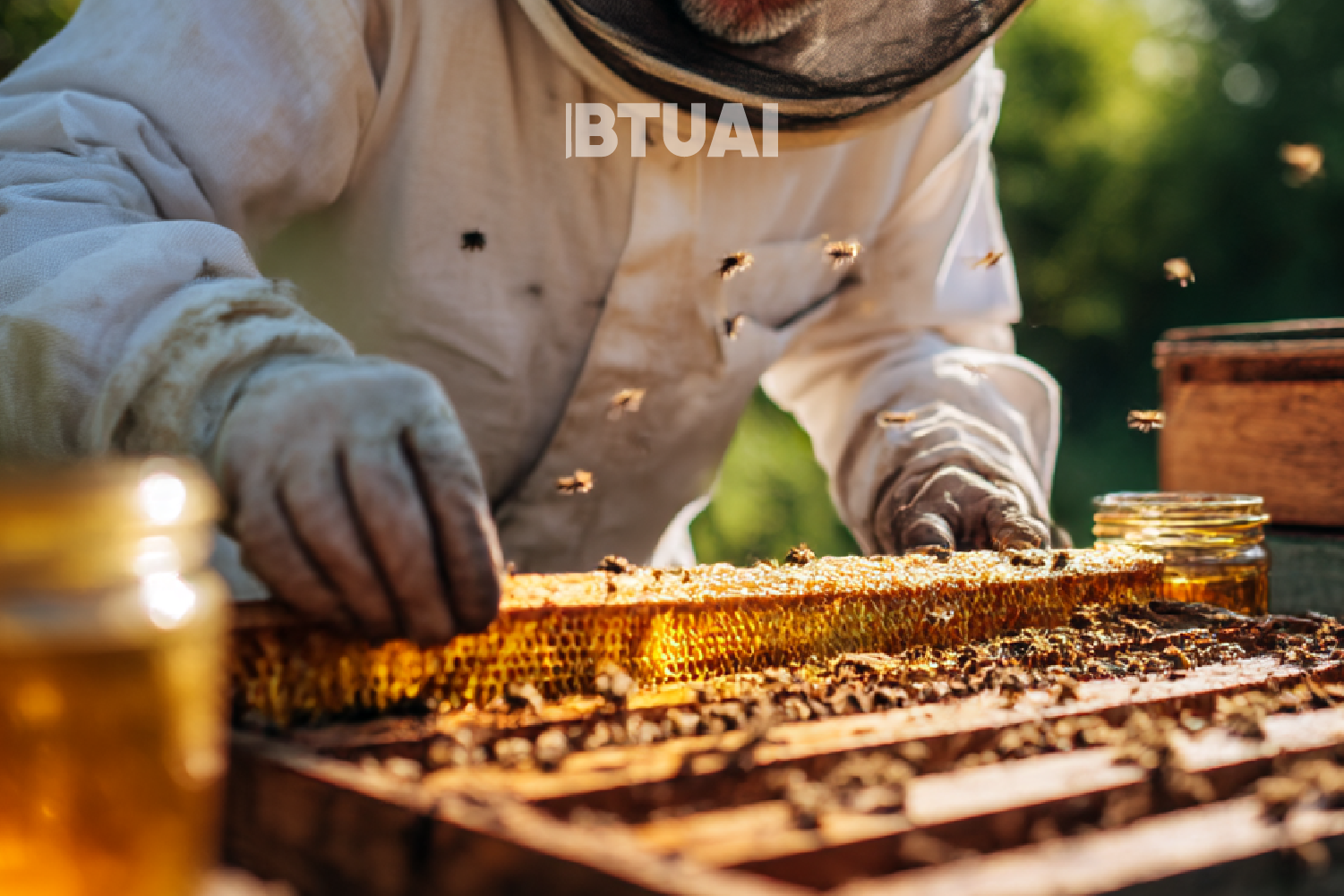Georgia’s Honey Trade: Opportunities, Challenges and Future Strategies
Honey has always been a special product in Georgia, closely tied to local culture and rural economies. The Caucasian

Honey has always been a special product in Georgia, closely tied to local culture and rural economies. The Caucasian grey bee, rich floral biodiversity and traditional know-how give Georgian honey a unique identity, allowing it to reach premium prices in niche markets. Yet international trade data (ITC Trade Map) shows that in recent years the dynamics have been far from stable, with sharp swings from one year to the next.
Between 2020 and 2022 Georgian honey exports grew dramatically. In 2020 the figure stood at just 123,000 USD, but by 2022 exports exceeded 1.1 million USD, driven mainly by demand in Europe – France and Bulgaria were the top buyers. But from this peak the decline was steep: in 2023 exports fell to 747,000 USD, and in 2024 dropped further to only 260,000 USD. In four years export value thus fell almost fivefold.
The geography of buyers has shifted radically. Where once European countries dominated, by 2024 a completely different set of destinations had taken the lead. The United Arab Emirates became the top market, followed by Azerbaijan, the United States, Iraq and Japan. Europe all but disappeared. This is not only a commercial problem but also a structural one – regaining lost EU markets will not be quick or easy.
Price differences highlight both potential and vulnerability. In Japan, small consignments fetched over 15,000 USD per ton, while in Azerbaijan the average was just 3,900. This duality suggests two parallel strategies: selling honey as a premium product in niche markets, while moving larger volumes into neighboring countries at lower prices.
The European Union now represents the toughest challenge. Traces of antibiotics found in several shipments effectively closed the EU market to Georgian honey from 2023 onwards. And from 2026 a new directive will make it mandatory to list all countries of origin on blended honey labels. For Georgia this means strengthening certification and quality control is no longer optional but vital for survival in the European market.
Imports into Georgia are small in scale but reveal an important paradox: the honey Georgia imports is more expensive than the honey it exports. Small consignments from Spain, France and Italy averaged around 8,000 USD per ton in 2024, while Georgian exports averaged 7,200 USD per ton. This shows that domestic consumers are willing to pay for certified, high-quality honey, while exports often land in lower-value segments abroad.
The structure of local production remains fragile. Thousands of small-scale beekeepers work independently, often without certification or standardized practices. Climate change adds volatility: heavy spring rains and summer droughts disrupt flowering cycles, making honey yields fluctuate widely from year to year.
Regional comparisons make Georgia’s position clearer. Azerbaijan has emerged as a strong exporter. In 2023 it shipped over 900 tons of honey, mainly to Russia and the Middle East. Its competitive edge lies in scale and lower prices – a challenge for Georgia, which exports far smaller volumes. Turkey, meanwhile, is a regional giant, producing up to 100,000 tons annually. Turkish honey dominates regional trade at relatively low prices, though it also supplies premium varieties such as chestnut honey, well known in Europe. Georgia cannot compete on volume, but it can differentiate through quality, uniqueness and branding.
Global conditions further complicate matters. China, Argentina and Vietnam continue to flood the market with cheap honey, depressing prices in Europe and the U.S. Large importers give preference to these low-cost offers, leaving small producers little choice but to compete through quality, certification and niche marketing.
For Georgia, several strategic directions are clear. Certification and quality control must be strengthened to regain access to the EU. Premium niches such as Japan and the U.S. offer high returns for small consignments. Branding and protected origin designations can help Georgian honey stand out. Neighboring markets should be retained, not only by volume but through better positioning and storytelling.
Georgian honey faces both great risks and great opportunities. Unique natural resources and historic tradition provide a strong competitive edge, but the loss of key markets, quality issues and global price pressures create serious threats. The next few years will determine whether Georgia remains a small regional supplier or succeeds in becoming a niche but globally recognized premium brand.




